

The Dwarf Gourami, known to scientists as Trichogaster lalius, and until recently known as Colisa Lalia, just might be a perfect tropical aquarium fish. Why do I say that? Because to me, they are! Of course different people have different tastes, and are attracted to different things, but to me, and to a lot of other fish keepers, the Dwarf Gourami is definitely on the short list of highly desirable aquarium fish.
Description of the Dwarf Gourami
The Dwarf Gourami, as its name implies, is a rather smallish fish. It rarely gets above a couple of inches long. Its basic coloration is a bluish tint with vertical red stripes. It is not a gaudy fish by any means, but is rather subtle and delicate looking. It is a beautiful fish! Breeders have developed a number of coloration variants. Some of them are brilliant and stunning, but none are overpowering. Myself? I prefer the original coloration as nature provided.
The Dwarf Gourami is rather flattened horizontally and somewhat deep bodied vertically. It has two very long and thin filamentous ventral fins that look sort of like "feelers". The dorsal and anal fins run along a good portion of the body.
Dwarf Gouramis are Anabantoids and as such they possess something called a labyrinth organ that allows them to breath air directly from the surface of the water. This means that they can tolerate (but definitely not prefer) water that contains a lesser amount of oxygen than some other fishes can.
Care and feeding of the Dwarf Gourami
In general, Dwarf Gouramis are not fussy fish. They make splendid community tank additions as long as the tank mates are not too aggressive. Fin nippers, like Tiger Barbs, are best not mixed with the Dwarf Gourami. Tiger barbs sometimes find the flowing ventral fins of the Dwarf Gourami to be a bit too tempting to pass up!
Dwarf Gouramis accept most food types readily. They can live on flake food as long as the flakes are small enough for them to eat. However, in order to keep them in optimal condition and thriving it is important to provide them with a varied diet. If at all possible, try to include some live foods such as mosquito larvae, daphnia, or brine shrimp. They eat flake food primarily at the surface.
Dwarf Gouramis prefer a warmer environment than many other fishes. They seem very happy in water that is about 78 degrees Fahrenheit. They prefer still water conditions rather than a strong current. They also like some floating plants for cover. Water should be neutral to slightly acid. Anything with a PH in the range of about 6.5 to 7.4 should be ok.
Sometimes two male Dwarf Gouramis will become territorial and aggressive toward each other, so it is advisable to give them plenty of room and plenty of cover in the form of plants and other hiding places.
Some Dwarf Gouramis tend to stay hidden in the plants, but once they feel secure they will venture out into the open areas in your tank, tending to stay in the upper regions of the aquarium.
Breeding Dwarf Gouramis
The first step in breeding Dwarf Gouramis is to identify a male and female specimen. Males are more brilliantly colored, and females (especially when ripe with eggs) are heavier bodied.
Dwarf Gouramis breed in a manner similar to other Gouramis that breed with a bubble nest with the exception that they like to integrate pieces of floating plants into the nest.
Condition a pair with large amounts of live food, and very good water conditions. Lower the water level to about 6" and increase the temperature to about 80 degrees Fahrenheit. Be sure to provide some floating plants for cover. Make sure the water is very still.
If the pair is ready for spawning, the male will build a bubble nest by blowing bubbles coated with a saliva at the surface of the water. The nest can be rather sparse, or very sizable with the bubbles towering a couple inches above the surface of the water.
After they have spawned the male will tend to the eggs in the nest. It is best to remove the female at this point. When the eggs begin to hatch, the fry will be in the bubble nest, as well as hanging on the glass of the tank, on plants, and anything else they encounter. For the first couple of days the babes feed on their yolk sacs. In a couple of days they have absorbed their yolks and begin to swim freely. At this point it is wise to remove the male. Now comes the hardest part of breeding these beauties. It is critically important to keep them continually fed, and to keep the water very clean. It is a good idea to start a sponge filter at this point with a very low flow rate.
Baby Dwarf Gouramis are extremely small compared to many tropical fish, and thus need to be provided with very tiny food. Many use infusoria as the first food. Some also like Artificial Plankton Rotifer (APR) and others like commercially made food for small fry. Once they are big enough to eat newly hatched bring shrimp that should be added to their diet. It is also important to do frequent partial water changes throughout this process. Warning – be sure to cover any siphon hoses with something like a nylon stocking to prevent sucking up the fry in the process.
Once you make it to the point where the babies can eat newly hatched brine shrimp,
things get significantly easier. It is easier to provide them with a varied diet and also those that survived through those first days are probably pretty robust baby fish.
Summary
Dwarf Gouramis make very peaceful, beautiful additions to a community tank, but also look great in a tank of their own. They sort of glide around amongst the plants and even stop at times, seemingly to just "take it all in." They are not finicky eaters and are fairly easy to breed. It hardly get any better than this! This is why I consider Dwarf Gouramis to be almost a perfect freshwater aquarium fish.
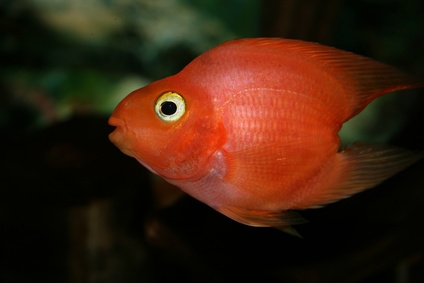 Compatibility Between Freshwater Tropical Fish
Compatibility Between Freshwater Tropical Fish
Compatibility Between Freshwater Tropical Fish
Compatibility Between Freshwater Tropical Fish
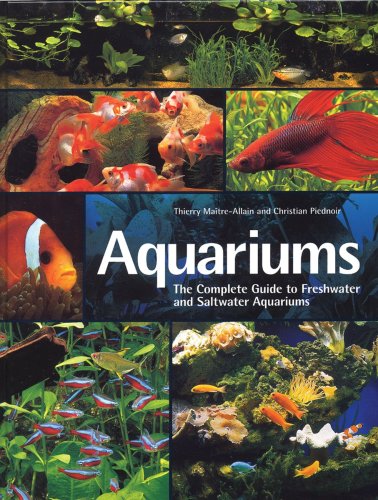 9 Common Mistakes of Freshwater Fish Owners
Keeping fish in an aquarium
9 Common Mistakes of Freshwater Fish Owners
Keeping fish in an aquarium
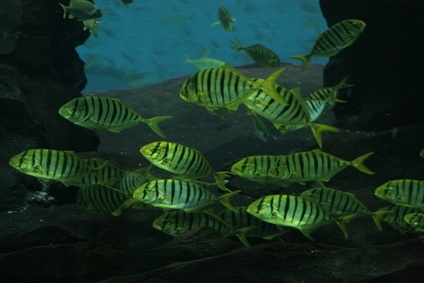 Freshwater & Saltwater Fish
Freshwater & Saltwater Fish
Freshw
Freshwater & Saltwater Fish
Freshwater & Saltwater Fish
Freshw
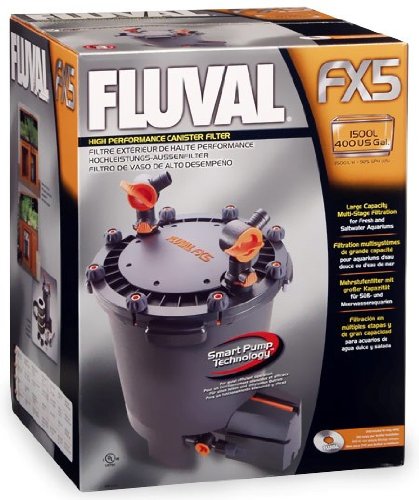 Fluval Aquarium Filters
Fluval Fish Tank Filters for Your AquariumIn t
Fluval Aquarium Filters
Fluval Fish Tank Filters for Your AquariumIn t
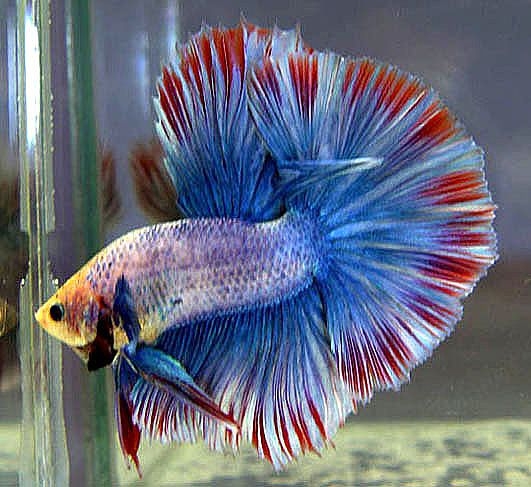 How to clean out a fish tank for a beta fish
How to clean out a fish tank for a beta fish
How to clean out a fish tank for a beta fish
How to clean out a fish tank for a beta fish
Copyright © 2005-2016 Pet Information All Rights Reserved
Contact us: www162date@outlook.com